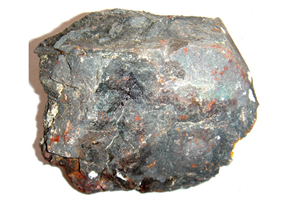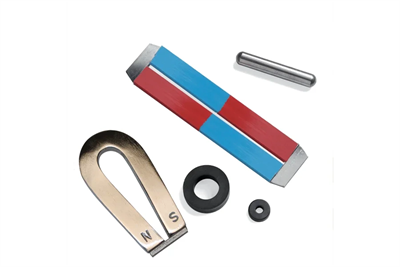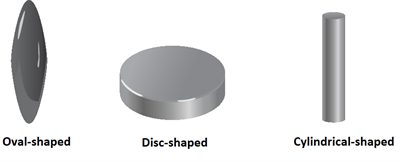PDF chapter test TRY NOW
The story of discovery:
A magnet was first discovered in Ancient Greece by a shepherd named Magnus. While taking his goats and sheep for grazing to a mountain, he used to carry a stick with a small piece of iron attached to it. One day, his stick got attracted to a rock, and it stood erect. It was hard for him to pull it back. Even the iron nail on his boots got stuck on the rock. This phenomenon occurred because the rock was a natural magnet that attracted the iron materials around it.

Magnus' stick gets attracted to a rock
Thus, the natural magnets were discovered, and the ore was named after the shepherd as magnetite. It is the ore with an attracting property, which is also known as magnetic stones. But some people believed that it was first discovered at a place called Magnesia.
Magnets and their types:
Natural magnets:
Magnets are naturally occurring substances with the property of attracting iron.

A natural magnet
It is found that naturally occurring rocks have the property of attracting small pieces of iron. Hence, they are called natural magnets. They are permanent magnets in nature and do not have a definite shape.
The other names for these natural magnets are lodestones or leading stones since they help in finding directions.
Magnetization:
The process of converting a piece of iron into a magnet is known as magnetization.
Artificial magnets:
By magnetization, we can produce different kinds of magnets in different shapes from a piece of iron. These man-made magnets are called artificial magnets.
Example:
Bar magnets, horseshoe magnets, ring magnets, needle magnets

Artificial magnets
Even oval-shaped, disc-shaped and cylindrical-shaped magnets are also made.

Artificial magnets in different shapes
